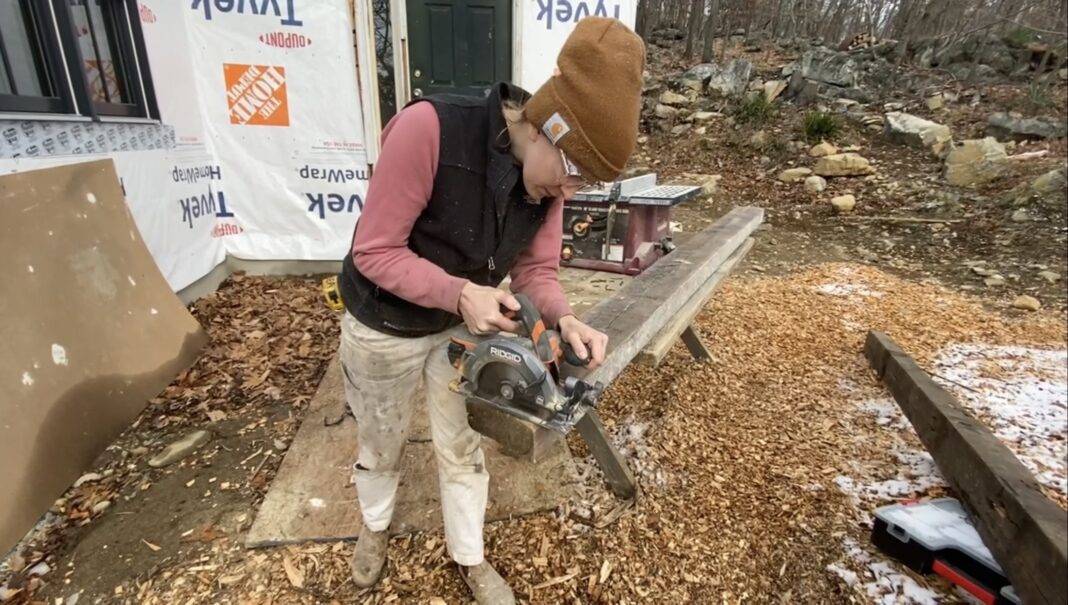Biophilic design refers to the practice of using organic materials and natural light sources to bring us closer to nature in the spaces we inhabit.
Bea followed this philosophy as she incorporated salvaged and sustainable materials into the Cabbage.
Check out the previous chapters of the Cabbage Dispatch (and more) here.
Behind the house I grew up in there is a six-stall barn. Over the years, it’s been home to horses, pygmy goats, chickens, and a persistent groundhog. After my sisters and I graduated from college, it matured into a party venue for an annual pig roast. Eventually, the riding ring fences were opened up to make room for my parents’ long-awaited pool, and the barn had no choice but to become a pool house. Pool floats replaced saddles and goggles replaced riding reigns. Such is the evolution of shelter.
Through all of these iterations, one thing has remained constant — the last stall on the left contains a stockpile of house parts my dad has collected over the years. Now, there’s hoarding, and then there’s selectively keeping things because they’re interesting, valuable, or hard to find. I choose to think my dad does the latter.
As a professional organizer, this place bothered me, but as someone who’s in the middle of a renovation and values second-hand materials, I see this place as a gold mine. I was able to shop this stall like an architectural salvage store. I found a well-loved porcelain laundry sink with a built-in washboard and a perfectly-sized wooden peg rack for coats. But the best find was five 250-year-old rough-sawn beams my dad salvaged from a nearby estate renovation. The beams still had antique nails embedded in them and cutouts where pipes had previously run through them. And I knew exactly where they could go.
My talented carpenter Liam (@alien.woods) was able to puzzle-piece the beams together to create a striking custom threshold, emphasizing the transition from the kitchen to the dining room. We used two shorter beams to support the vaulted ceiling, and now when you walk into the room it looks and feels like it’s the oldest part of the house. The warmth and texture of the wood is a welcome break from the cold window glass and makes the space feel calm and grounded — what I came to learn is an intended effect of biophilic design.I was first introduced to the concept of biophilic design by Maria Lomanto, an expert in non-toxic and healthy interior design. It was December, and Maria and I were standing in my freshly sheetrocked dining room, surrounded by new windows, brainstorming sustainable materials to use in The Cabbage. I showed her some items that spoke to me: a piece of the original oak flooring, a wooden bowl, and a piece of ceramic pottery. What these items, and the windows around us, had in common was the ability to bring our interior experience closer to nature. That is biophilic design.
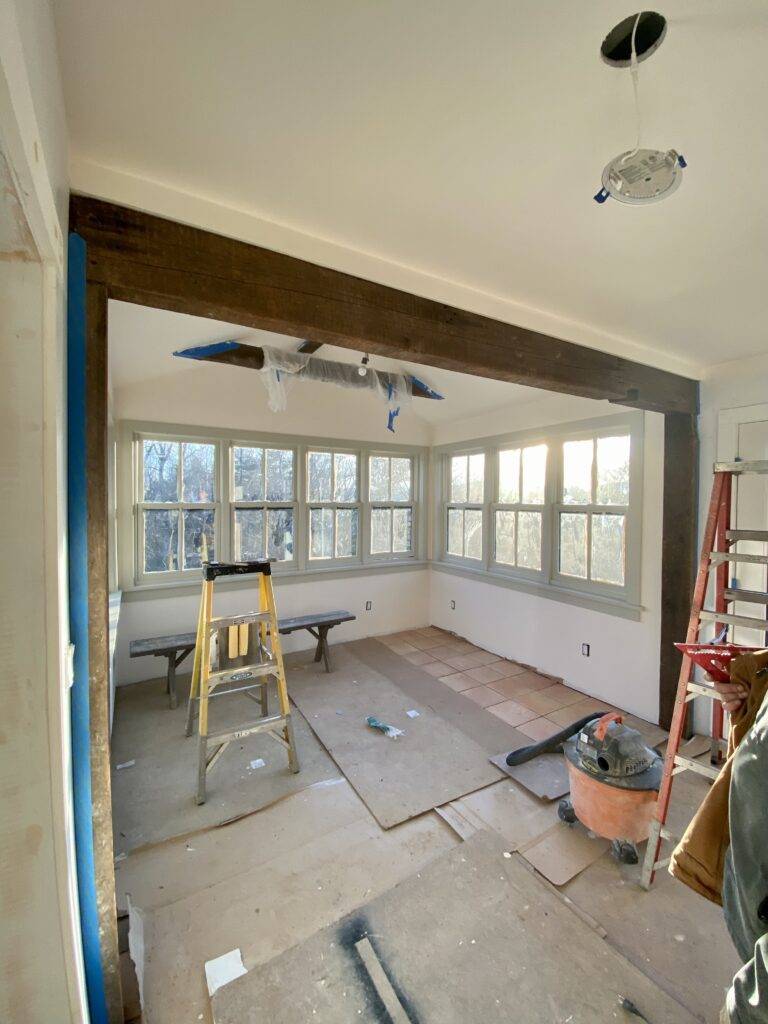
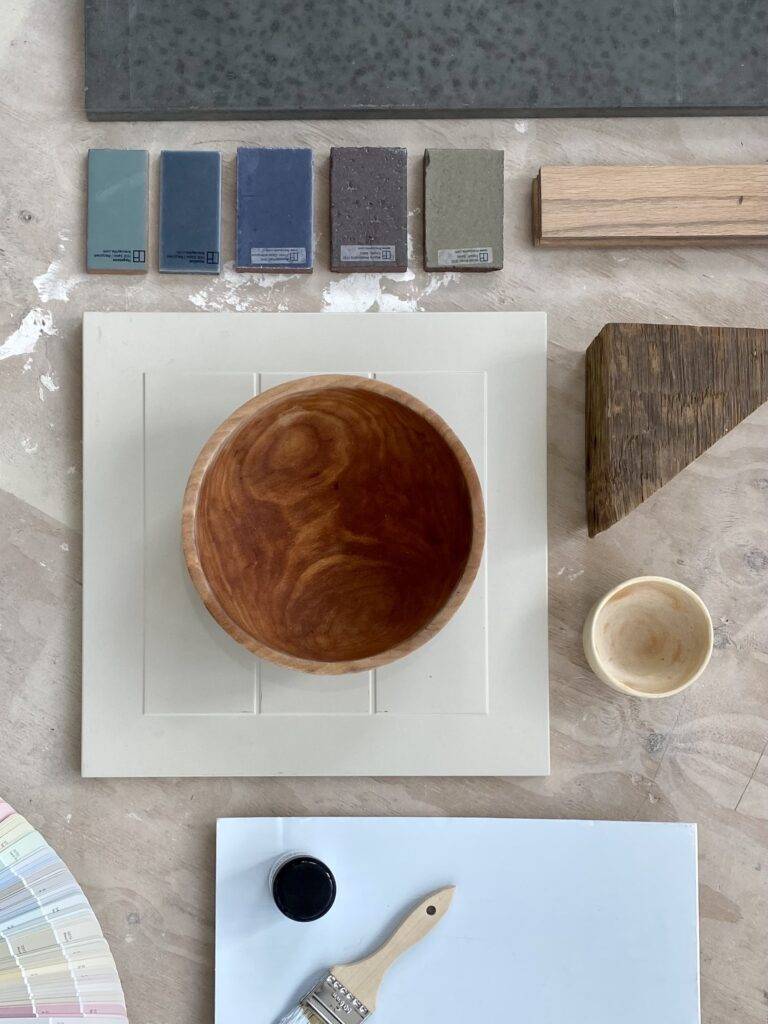
I didn’t have a specific design aesthetic before I started this project, but the principles of biophilic design became the inspiration for many of my decisions. I refinished the parquet floors and stair treads with a lighter stain that exposed the intricate wood grain. On the dining room floor, I installed sun-dried terra cotta tile with all its perfect imperfections. I found a solid oak front door at a garage sale, stripped the layers of white paint to expose the wood grain and retrofitted it to the door jam. And I finally replaced the rotted front steps with a stoop built with rocks from my property and local bluestone. The Cabbage aesthetic was taking shape, but more importantly, the house was feeling more connected to its natural environment.
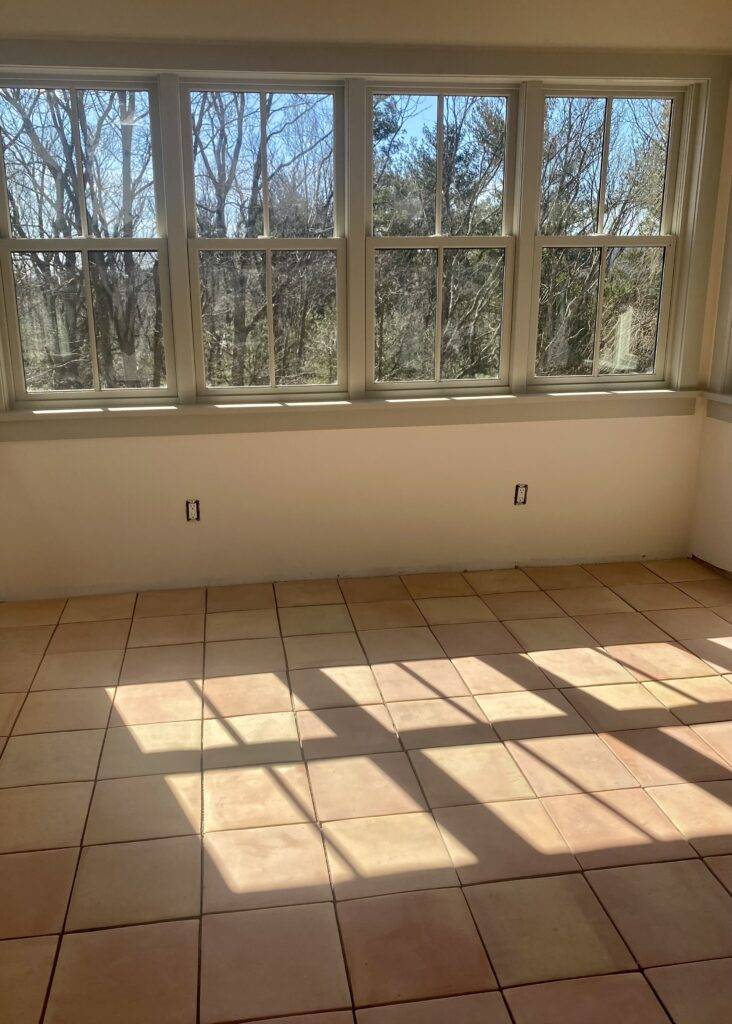

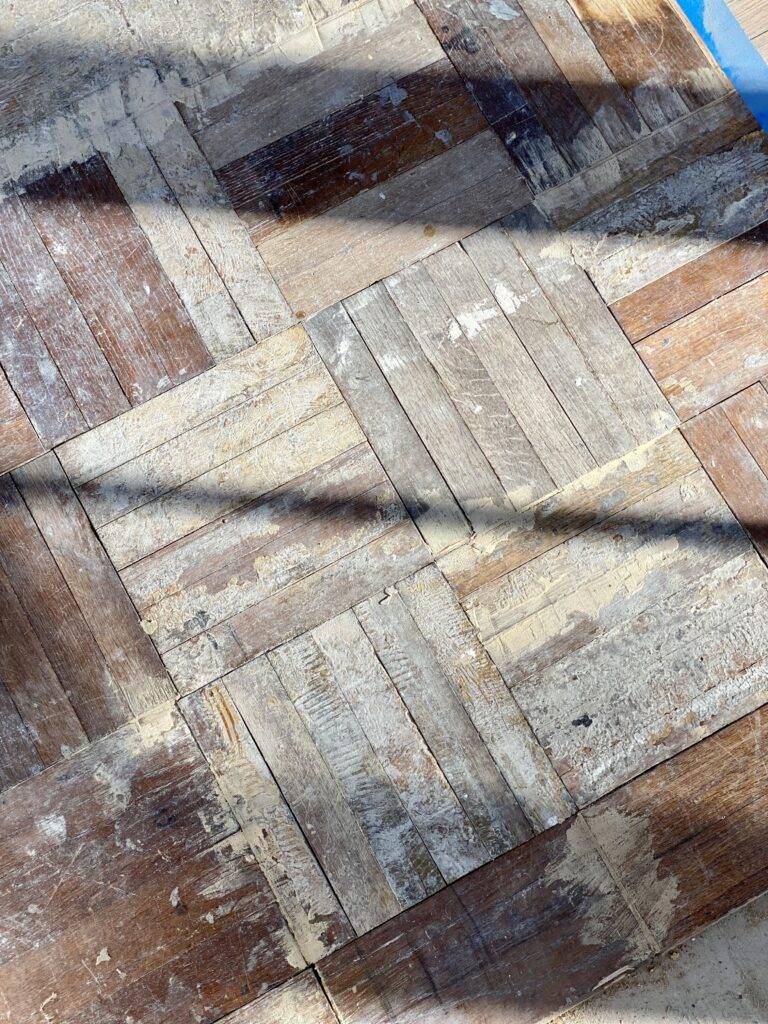
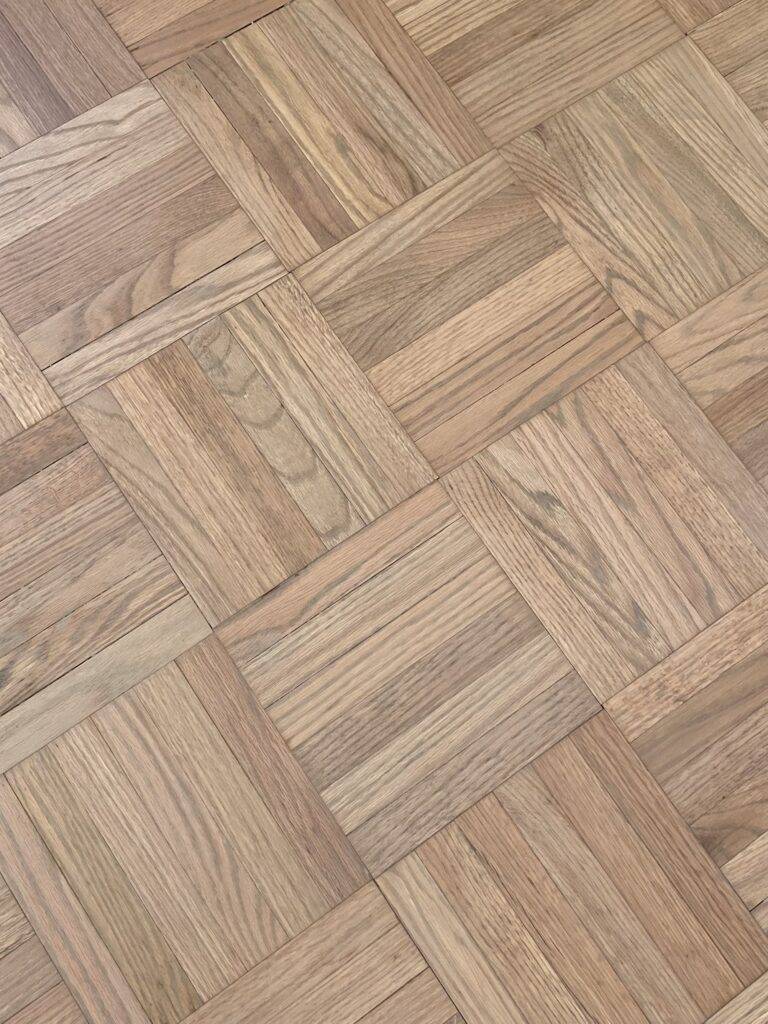
With a blank canvas, it’s easy to introduce new ideas and materials, but even if you’re not in the middle of a renovation, biophilia can be incorporated in smaller ways, like with furniture, textiles, and even paint and wall coverings. However, just because a material is natural, doesn’t mean it’s necessarily a sustainable option. For example, tile produced from virgin clay on another continent isn’t as sustainable as tile made from recycled clay in a nearby state. Some materials’ impact is less straightforward, like exotic hardwoods that have to travel far distances to reach us but are longer-lasting. The sweet spot we can strive for is designing and decorating our homes to connect to nature while also being better for nature.


